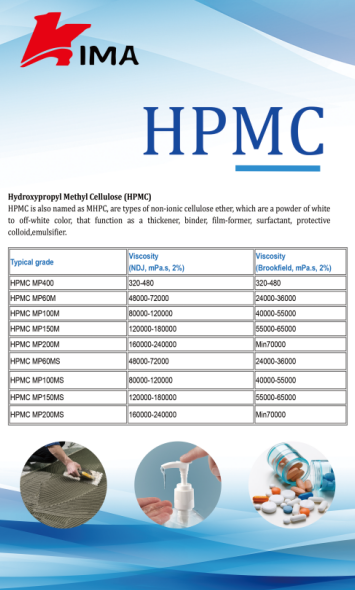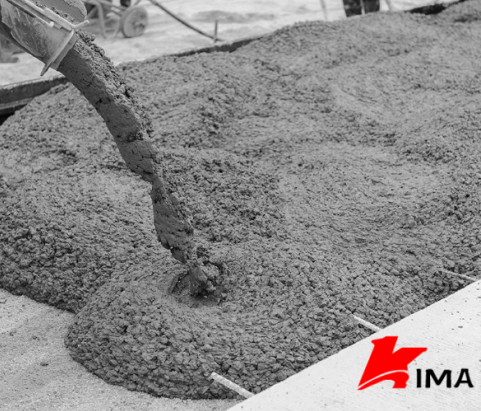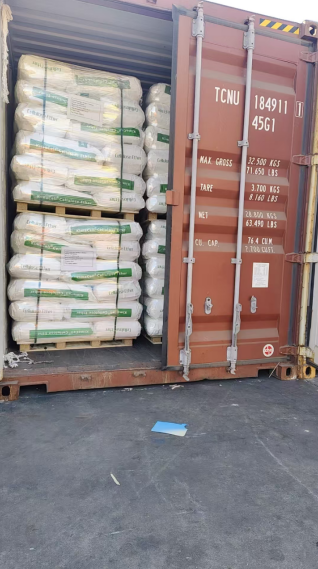HPMC (hydroxypropyl methylcellulose) is a high molecular polymer widely used in building materials, especially in concrete and mortar. As an important additive, it has multiple functions.

1. Improve the workability of concrete
The most common use of HPMC in concrete is to improve workability, especially to increase the operability and pumpability of concrete. Because HPMC has strong water solubility, it can increase the water retention capacity in concrete, making the concrete more moist during construction, easier to mix and construct. In addition, it can also prevent the concrete from drying and cracking due to excessive evaporation of water during construction.
2. Improve bonding and adhesion
HPMC can significantly improve the bonding between concrete and the substrate, and enhance its adhesion to other building materials. This is of great significance for some special constructions, such as repairing concrete and pasting tiles. In the process of applying or pasting cement-based materials on the surface, HPMC can effectively improve its water resistance and adhesion strength, and reduce the risk of peeling or falling off.
3. Delay the hydration rate of cement
Another important role of HPMC in concrete is to regulate the hydration rate of cement. By adding an appropriate amount of HPMC to concrete, the initial hydration of cement can be delayed, thereby increasing the operability time of concrete. This is especially important for projects that require long-term transportation or construction in hot climates. The role of HPMC is to slow down the hydration reaction of cement particles by forming a colloidal film, so that the operability of concrete during construction is effectively maintained.
4. Enhance water retention
HPMC has good water retention. After being added to concrete, it can effectively prevent the rapid loss of water. This is especially important for construction in some high-temperature or dry environments. It can prevent cracks or insufficient strength of concrete due to excessive evaporation of water during the hardening process. HPMC improves its final mechanical properties and durability by increasing the water retention capacity of concrete.

5. Improve the plasticity of concrete
In some high-performance concretes (such as self-compacting concrete), HPMC can be used as a plasticizer to improve its fluidity and plasticity. Self-compacting concrete requires good fluidity to ensure that every detail in the mold can be filled. The addition of HPMC can significantly improve the fluidity of concrete and avoid undesirable phenomena such as stratification and water seepage.
6. Improve water resistance and weather resistance
HPMC can also improve the water resistance and weather resistance of concrete. Since HPMC has strong water sealing properties, it can effectively prevent water penetration or the impact of climate change. Concrete with HPMC added shows good durability in humid environments or extreme weather conditions, which can effectively reduce the degradation of cement-based materials and extend the service life of the structure.
7. Improve the crack resistance of concrete
Since the addition of HPMC increases the moisture retention capacity and workability of concrete, it can effectively prevent premature cracking on the concrete surface. Especially in hot weather, the surface of concrete will crack due to rapid evaporation of water. HPMC can significantly reduce the occurrence of cracks by retaining water and regulating the hydration process, and improve the crack resistance and impermeability of concrete.
8. Improve the surface quality of concrete
HPMC can improve the surface flatness of concrete and avoid surface defects caused by shrinkage or uneven solidification. For example, when constructing decorative concrete or building surfaces, the addition of HPMC can increase the surface smoothness and improve the aesthetics of the concrete surface.

9. Environmental protection and sustainability
HPMC, as a natural plant-derived cellulose derivative, is more environmentally friendly than some synthetic polymer materials. The use of HPMC can reduce environmental pollution, improve the durability and performance of concrete, reduce the frequency of concrete repair and replacement, and help improve the sustainability of buildings.
The application of HPMC in concrete can improve the fluidity, water retention, adhesion, crack resistance and other properties of concrete, thereby improving construction efficiency and building quality. It plays an increasingly important role in modern construction, especially in concrete projects that require high performance and high durability. The application effect of HPMC is particularly prominent. In the future research and development of building materials, HPMC and its related modified products are expected to continue to play an important role and promote the construction industry to develop in a more efficient and green direction.
 English
English 日本語
日本語 français
français Deutsch
Deutsch Español
Español italiano
italiano русский
русский português
português العربية
العربية Türkçe
Türkçe Nederland
Nederland






